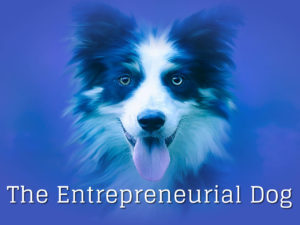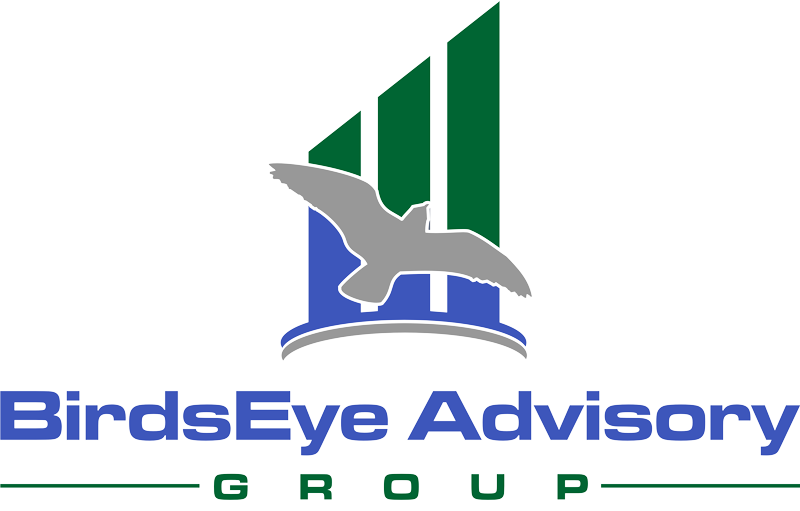
This is the second of a seven-part series where each installment takes a look at one innate ability of dogs and what business people can learn from our four-legged companions. This article talks about how dogs move themselves forward and how that applies to business.
The Gait of Your Business
By Randy Culver
Walking our two dogs after a gentle snow always brings me delight. When the snow falls light and fluffy here in Colorado, it coats the ground in white cotton. I try to be the first out on these cold, crisp mornings so that I can observe Oliver and Heidi’s fresh tracks in the new snow. I confess that I like to study how their footprint patterns change as each dog meanders, heels, trots, runs, or sprints.
We bipedal humans with just two legs really only have one way to efficiently move us along. Putting aside hopping or skipping, we put our left foot forward, and then our right, followed by our left again. With this simple rhythm, we can walk slowly, as when holding the hand of a toddler, or sprint a 100-yard dash, but it’s still the same gait with each foot moving forward in slow or rapid succession. Dogs are quadrupeds, and with those four legs, they have seven distinct gaits, distinguished by the sequence and placement of how their paws touch the ground.
The ‘walk’ is the slowest of the gaits, typical when a dog is heeling alongside us or how an older dog like Heidi enjoys her outings. In this gait, a dog moves a single foot forward at a time. There’s a synchronous rhythm of the two front legs and the two rear legs perfectly harmonized with cooperative rhythms on the left side and ride side. When a dog walks, its rear foot settles to the ground in nearly the same spot just vacated by the front leg on that side. Focus solely on your dog’s feet sometime from about ten feet behind—it is mesmerizing to watch the balletic interplay of their four feet and then correlate this with their footprints (or at least it is for me).
Contrast this with the gait known as ‘rotatory gallop’ that Oliver often uses to cover ground in a hurry. To visualize the rotatory gallop, think of a racing greyhound. In this gait, the two front feet lift up in tandem as the rear feet powerfully land and re-launch the dog. The front feet stretch outward to land on the ground and then the dog curls its abdomen such that the rear feet land together and forward of where the front feet left the ground an instant before. For a split second, the dog’s rear feet are in advance of the front feet to allow for maximum speed and distance from the rebound.
Let’s compare these two extremes of dog gait. When a dog walks, it always has two or three feet in contact with the ground. The dog can redirect with a single foot placement. When a dog is galloping, there are points in the gait when the dog is fully airborne, no feet are grounded. This movement is committed to direction and velocity.
Building a business is about propelling it forward, and the most effective way to do this is to recognize that there are times to walk and times to gallop. I think of this as times to assess and times to act. You need more than one pace in your business or you risk either making uninformed decisions or being outraced by a competitor. When are the times to assess (walk) and the times to act (gallop)? And how do you manage during each?
Starting a business or launching a new product are good times to ‘walk’ the business forward. Be purposeful, but at a pace that enables your business to get feedback from customers, adjust product features, refine manufacturing, test out distribution—essentially proving out the business plan or the product plan at a deliberate pace. A walking dog incrementally lifts and moves only one of its four legs at a time, and you should follow suit.
When it’s time to assess, define the top four critical success factors for the business or product, and then make small adjustments one after another in each of the four. Tweak the first, then the second, followed by the third, and then the fourth before repeating the process over again. Manage with a cadence that refines the forward direction one step at a time.
After your business or product plan is proven out, it’s time to act, time to gallop. This is the time to take the bigger risks to gain advantage over your competitors. In the pet industry, this is likely expanding distribution to be nationwide or running a new marketing campaign. Like a galloping dog, these are the times to launch ahead with speed and power. To be successful in the end, the manufacturing of the business (the rear legs) may actually need to be ahead of the customer facing component (the front legs).
When it’s time to act, narrow your thinking down to the two things (front legs and back legs) that need to synergistically move forward in rapid-fire succession. You might focus on manufacturing and customer adoption or on repeat customer sales and customer support. Move them in harmony, each with power and purpose.
Galloping when you should be walking? You’re likely to make costly mistakes. Still walking when you should be galloping? You are giving another company the time to steal your advantage; starting behind you, but then speeding past your business as you walk it along. Any successful business must always be moving forward. The key is knowing when to make progress like a dog on an exploratory walk and when to propel it forward like a dog competing to win the race.
Continue The Entrepreneurial Dog Series HERE.
Randy Culver is a successful entrepreneur and founder of two satellite telecommunications companies where he has been an executive manager for the past 20+ years. He has proven experience in establishing and managing a product-based business from initial formation through revenues of >$50M. Randy and his team recently won the regional Ernst & Young Entrepreneur of the Year award. Randy has a Bachelor of Science from Virginia Tech and a Masters in Electrical Engineering from Purdue University.
Although Randy works outside of the pet industry, he knows that core business principles are fundamental to the success of any business. Randy and his wife Susie live in Colorado where they enjoy the companionship of their two dogs. Randy can be reached at randy@amergint.com.
